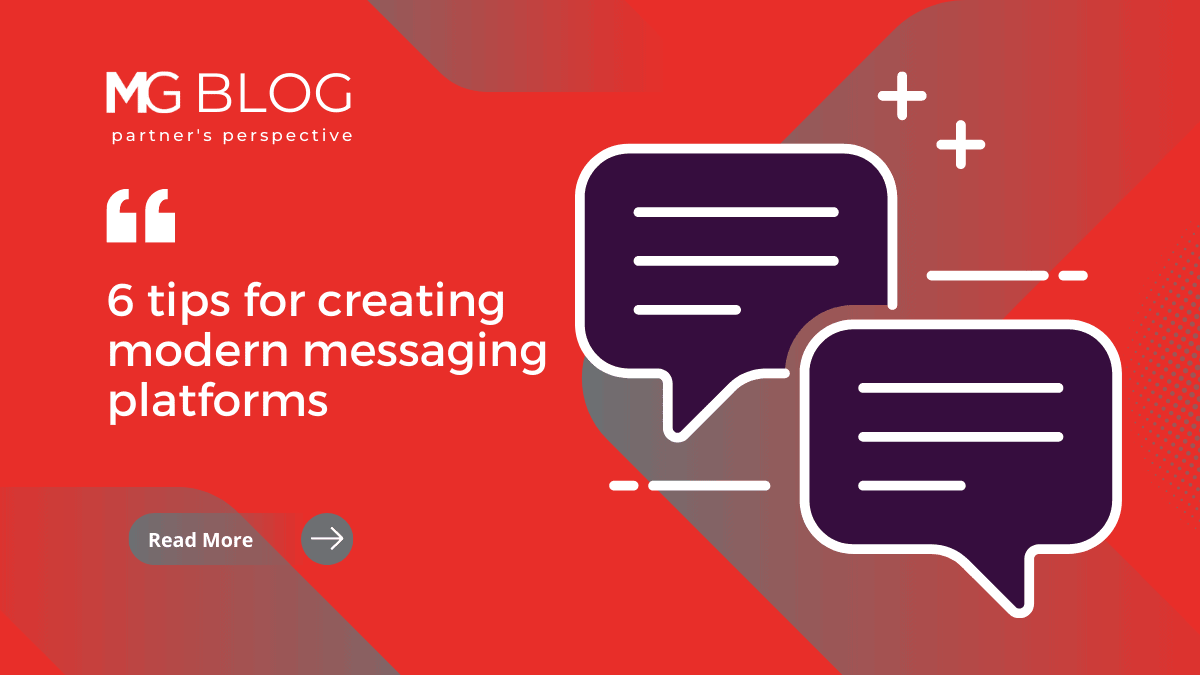 In Merritt Group’s “Partner Perspectives” series, our agency leaders share their experiences empowering successful marketing, PR and creative programs for industry-leading tech brands.
In Merritt Group’s “Partner Perspectives” series, our agency leaders share their experiences empowering successful marketing, PR and creative programs for industry-leading tech brands.
Messaging and positioning, which usually go hand-in-hand, form the foundation of a brand narrative that our clients tell to customers, prospects, partners, employees, the media, analysts, and investors, among others.
The way these messages are delivered to the market has evolved significantly during my tenure at Merritt Group. What used to be a fairly straightforward mix of analog marketing channels has exploded into a variety of digital, social, and mobile platforms that has shifted the art and science of marketing much more towards the latter.
Combine this with an evolving workforce of digital natives, an environment where Environmental, Social, and Governance (ESG) is front-and-center, and a hyper-competitive talent market, and it’s easy to see how any marketer endeavoring to build a relevant, modern messaging platform could feel a bit lost.
In 2022, Merritt Group celebrates 25 years as a company — 18 of which I have been a part of the agency. Over the years, my discipline, market focus, and responsibilities have evolved significantly, but one thing has stayed consistent: – my role in helping clients create compelling, timely, and differentiated messaging.
So, here are six proven tips that I have picked up along the way to help you build a messaging platform for the modern era:
1. Do your homework. Ground messaging in timely research.
Successful messaging projects begin with a comprehensive look at relevant industry trends, recent media coverage, and competitive analysis — all of which impact the audiences your messaging is intended to reach. Read through a mix of mainstream and trade media outlets to get both high-level and in-depth insight on trends impacting your space. Get your hands-on analyst reports that cover your category and competitors. Conduct a messaging analysis of at least three direct or indirect competitors by looking at their websites, social posts, media coverage, and announcements.
The last step: compile your research into a concise executive brief and provide it to your stakeholders at the start of your messaging process. Your goal here is to understand your market, identify gaps in your current messaging, and find concrete ways to separate yourself from the competition. This foundational work demonstrates your thoroughness, commitment, and preparedness while getting everyone on the same page to kick off the process.
2. Engage the RIGHT group of stakeholders.
Messaging by committee will almost certainly derail your process, timeline, and patience. Messaging is best done with the input of a small, diverse group of stakeholders who have the perspective you need for well-rounded messaging as well as the internal clout to wrangle broad consensus. A group of 5-7 stakeholders from across the C-suite, sales, customer success, and HR teams will ensure that your messaging is rooted in the buyer’s journey, the employee experience, and the investor’s mindset. Most importantly, conduct one-on-one interviews with these stakeholders, rather than group sessions, to avoid groupthink and ensure you get open and honest input.

3. Never go it alone.
Messaging can be a lengthy and intellectually intense process, so it’s important to have at least one other person working with you as you develop it. Messaging in a vacuum can lead you to question your thinking while lacking the diversity of thought that often makes a platform stronger. Be sure that your messaging partner (or team) is involved in the background research and stakeholder interviews so they have full visibility across the process. Once the stakeholder interviews are completed, nothing beats good brainstorming to compare notes and generate message concepts and direction.
Whether it’s in person, in front of a whiteboard, or done virtually using tools like “virtual whiteboards” that allow remote teams to collaborate, a brainstorming session builds creative momentum that will carry your team through the process.
4. Give your mind time to digest.
You’ve done your research, conducted your stakeholder interviews, and regrouped and brainstormed with your team—now what? Before you start putting pen to paper, it’s important to let all of these inputs marinate in your brain. In my experience, taking a day or two to step back and think about the messaging before you begin writing will result in a better outcome.
I cannot tell you how many winning messages have come to me during my commute, in the middle of a workout, or on a walk with my dog. Always keep your phone or a pen and paper close by to dictate notes or jot down thoughts so you don’t forget them later when you begin the message-writing process.
5. Three pillars and the truth.
It is often said that to write a hit country song, all you need is three chords and the truth. Messaging is somewhat similar in that a simple, concise message framework includes an umbrella statement, often thought of as a “tagline,” and three supporting pillars that expand on the differentiated position established by the umbrella. Each pillar is backed up by 4-5 indisputable proof points which can include unique feature/benefit statements, past performance qualifications, or statistics.
Choose your words carefully and keep your pillars, proof points, and umbrella short, pithy, and memorable. This 1-3-5 framework has been used by Merritt Group countless times to develop message platforms that are effective, extensible, and grounded in fact.
6. Package messaging for consumption.
By the time you arrive at the final approved messaging, you will have put a lot of personal investment into the process and outcome. You want your messaging to be used extensively and consistently across your organization. The best way to ensure this is to create what we call a messaging playbook. This playbook is a guide that anyone in the organization can read to easily understand the purpose of the messaging, what it says, and how it should be used.
Your playbook should include messaging that is plug-and-play if you want it to be used correctly: make it easy for marketing to insert your umbrella statement into banner ads, a tradeshow booth, or a video. Give your sales team the tools to drop your pillars into sell scripts, battle cards, and slide decks. Set up HR to use your proof points in recruiting materials and job descriptions. When possible, make the messaging visual by working with your brand team to come up with a library of approved images that can be used in synergy with the messaging you’ve created.
These tips capture only a fraction of the experience the Merritt team has amassed over 25 years of supporting our clients with powerful, compelling messaging as they tell their stories to the audiences that matter most. If you would like support in developing your message platform, feel free to reach out to me at schkloven@merrittgrp.com.
